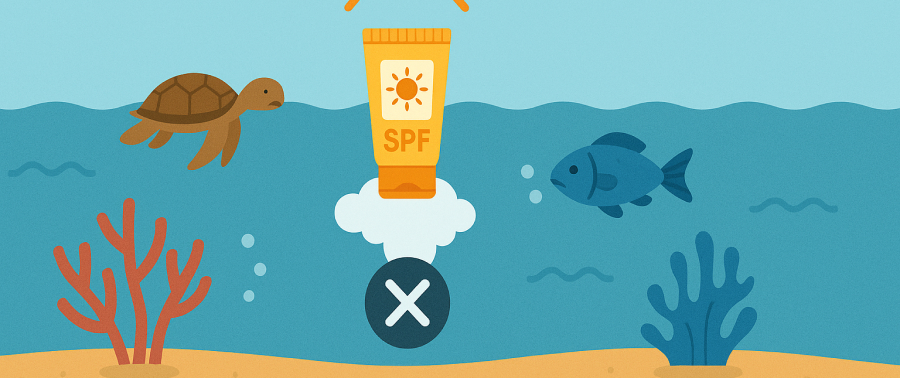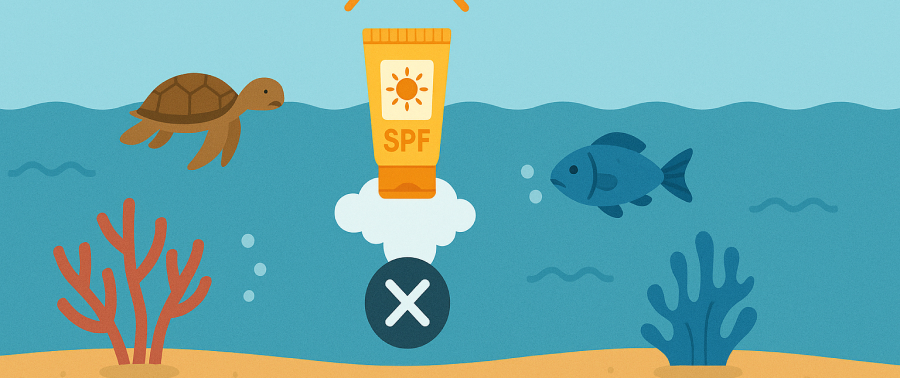

Crema de protecție solară este protectorul nostru de încredere împotriva razelor ultraviolete. Dar știați că unele creme pot fi periculoase pentru ecosistemele acvatice, în special pentru lacuri și rezervoare unde apa se reînnoiește lent?
Ce anume dăunează naturii?
Principala problemă constă în filtrele chimice conținute în multe creme de protecție solară. Cele mai frecvente dintre acestea sunt oxibenzona, octinoxatul și avobenzona, precum și nanoparticulele de zinc sau oxid de titan, care:
- perturbă echilibrul hidric al lacului;
- se acumulează în organismele animalelor acvatice;
- reduc transparența apei.
Ce se poate face?
Având în vedere popularitatea lacurilor pentru recreere, în special în timpul vremii calde, este important să găsim un echilibru între protejarea pielii și conservarea mediului.
- Alegeți creme de protecție solară minerale: căutați creme de protecție solară care conțin oxid de zinc și dioxid de titan. Aceste filtre minerale creează o barieră fizică pe piele și reflectă razele UV și sunt considerate mai sigure pentru ecosistemele acvatice, deoarece nu se dizolvă în apă și sunt mai puțin susceptibile de a fi absorbite de organisme. Verificați dacă sunt „non-nano” (nu de dimensiuni nanometrice), deoarece nanoparticulele pot pătrunde în celule.
- Purtați îmbrăcăminte de protecție: aceasta este una dintre cele mai bune modalități de a vă proteja pielea de soare fără a utiliza substanțe chimice. Purtați haine cu mânecă lungă, pălării cu boruri largi și ochelari de soare, în special în timpul orelor de vârf însorite (10:00 - 16:00). Există, de asemenea, costume de baie speciale și tricouri cu protecție de raze UV.
- Evitați expunerea la soare de vârf: Planificați-vă timpul petrecut lângă apă pentru dimineața sau seara, când soarele este mai puțin intens.
- Spălați crema înainte de înot: dacă totuşi utilizați creme de protecție solară chimice, încercați să le spălați cu apă și săpun înainte de a intra în lac. Acest lucru va ajuta la reducerea cantității de substanțe chimice care ajung în apă.
- Răspândiți informaţiile: spuneți-le prietenilor și familiei despre impactul cremelor de protecție solară asupra mediului pentru a-i încuraja să utilizeze produse mai ecologice.
Așadar, reducerea utilizării cremelor de protecție solară chimice și trecerea la alternative mai ecologice este un pas important către menținerea lacurilor noastre curate și sănătatea locuitorilor acestora.
Am relatat anterior despre începutul sezonului de înot estival la Lacul Tionereţii și despre locuitorii acestui frumos lac.